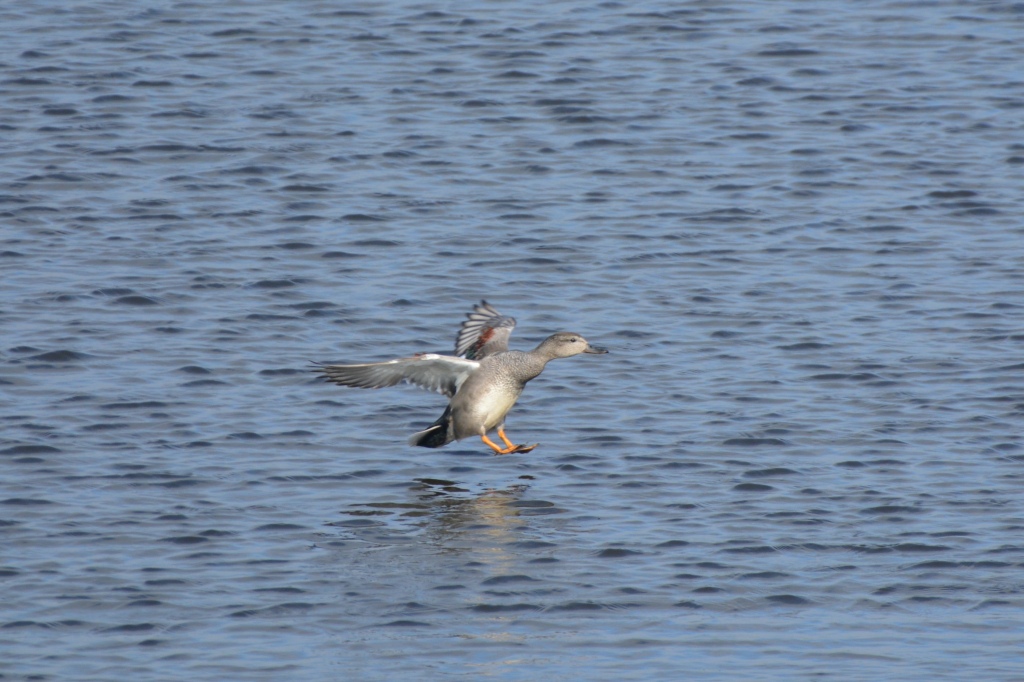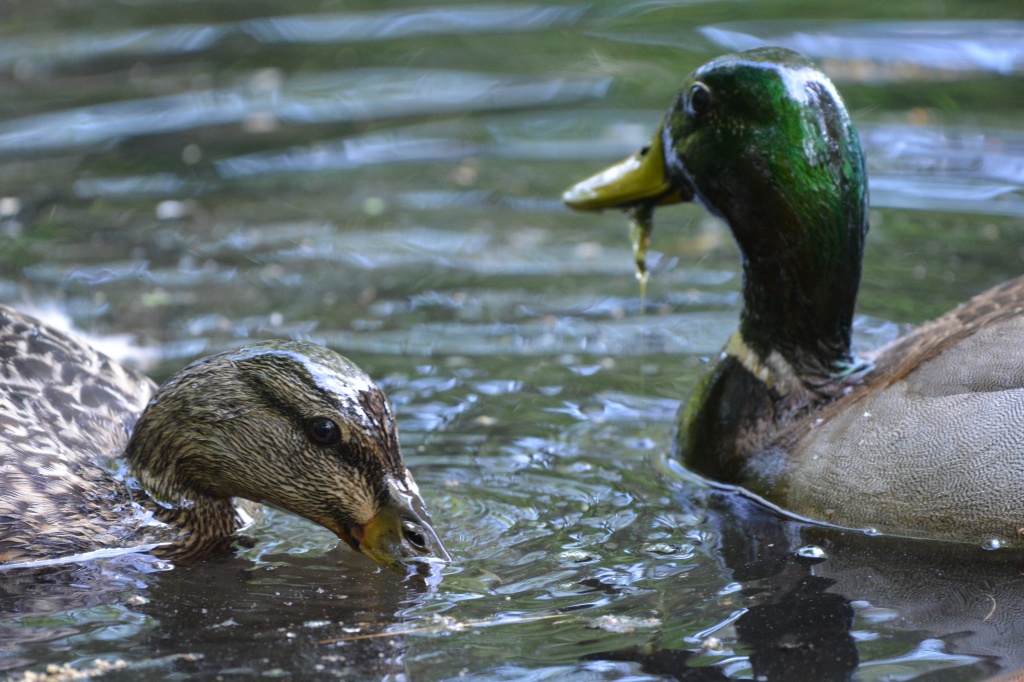
This is a gadwall, or Mareca strepera. Gadwalls live in the northern hemisphere, spanning most of North America and Eurasia as well as the North African coast and the Nile basin. An extinct subspecies of gadwalls, Coues’s gadwall is known by only two juveniles from Kiribati — smack in the middle of the Pacific Ocean.
Photo taken: Apr. 16, 2022






